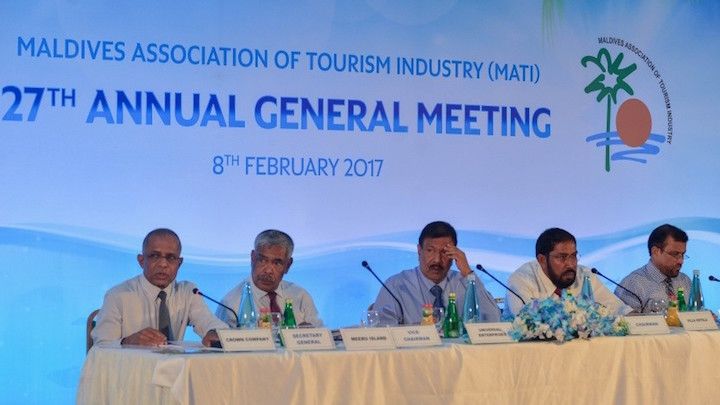Maldives resort owners alarmed by ‘falling revenues’
Expressing concern over declining revenues, MATI called on the government to increase destination marketing activities.

09 Feb 2017, 9:00 AM
The Maldives Association of Tourism Industry, an influential lobbying group representing resort owners, has expressed concern with declining revenues, calling on the government to increase destination marketing activities.
Speaking at the organisation’s general assembly Wednesday, MATI Chairman Mohamed Umar Manik noted that tourist arrivals grew in 2016 compared to the previous year.
“While arrivals tipped just above 2015 figures, the same cannot be said about yield,” the tourism magnate said. “Despite this, we expect tourism to grow in 2017.”
Tourist arrivals reached a record 1.3 million last year as growth from traditional European markets offset a steep decline in the number of Chinese holidaymakers. However, despite a 4.2 percent annual growth in arrivals, revenue from Tourism Goods and Services Tax last year decreased by -4.4 compared to 2015, suggesting shorter stays and lower spending by tourists.
Become a member
Get full access to our archive and personalise your experience.
Already a member?
Discussion
No comments yet. Be the first to share your thoughts!
No comments yet. Be the first to join the conversation!
Join the Conversation
Sign in to share your thoughts under an alias and take part in the discussion. Independent journalism thrives on open, respectful debate — your voice matters.




